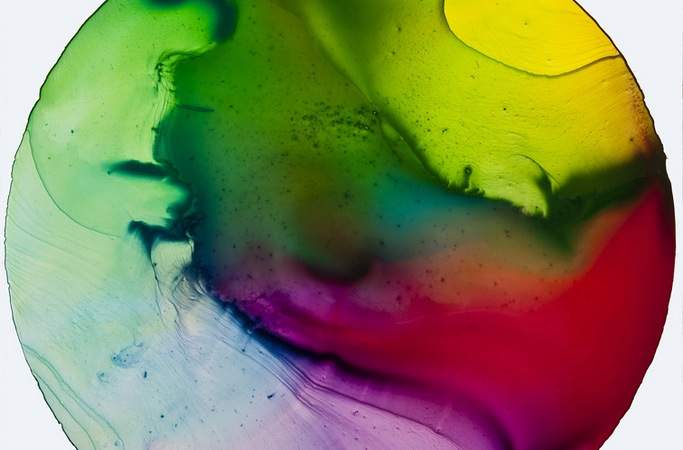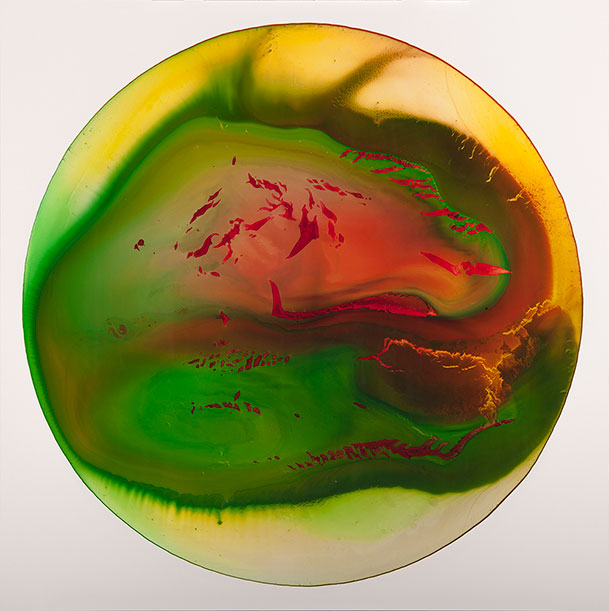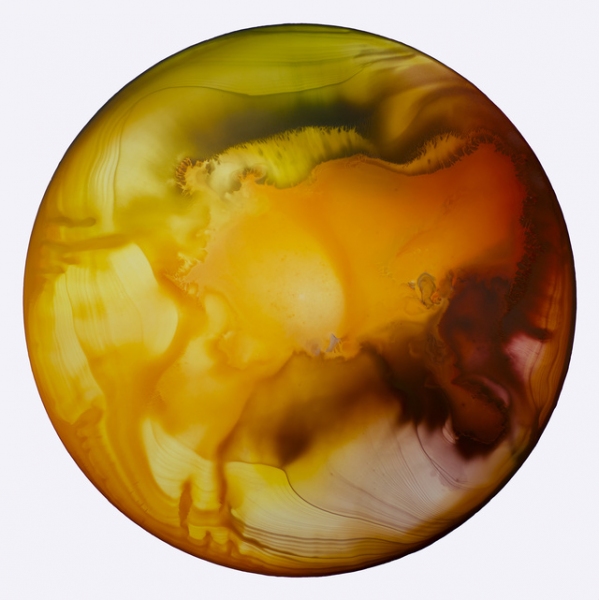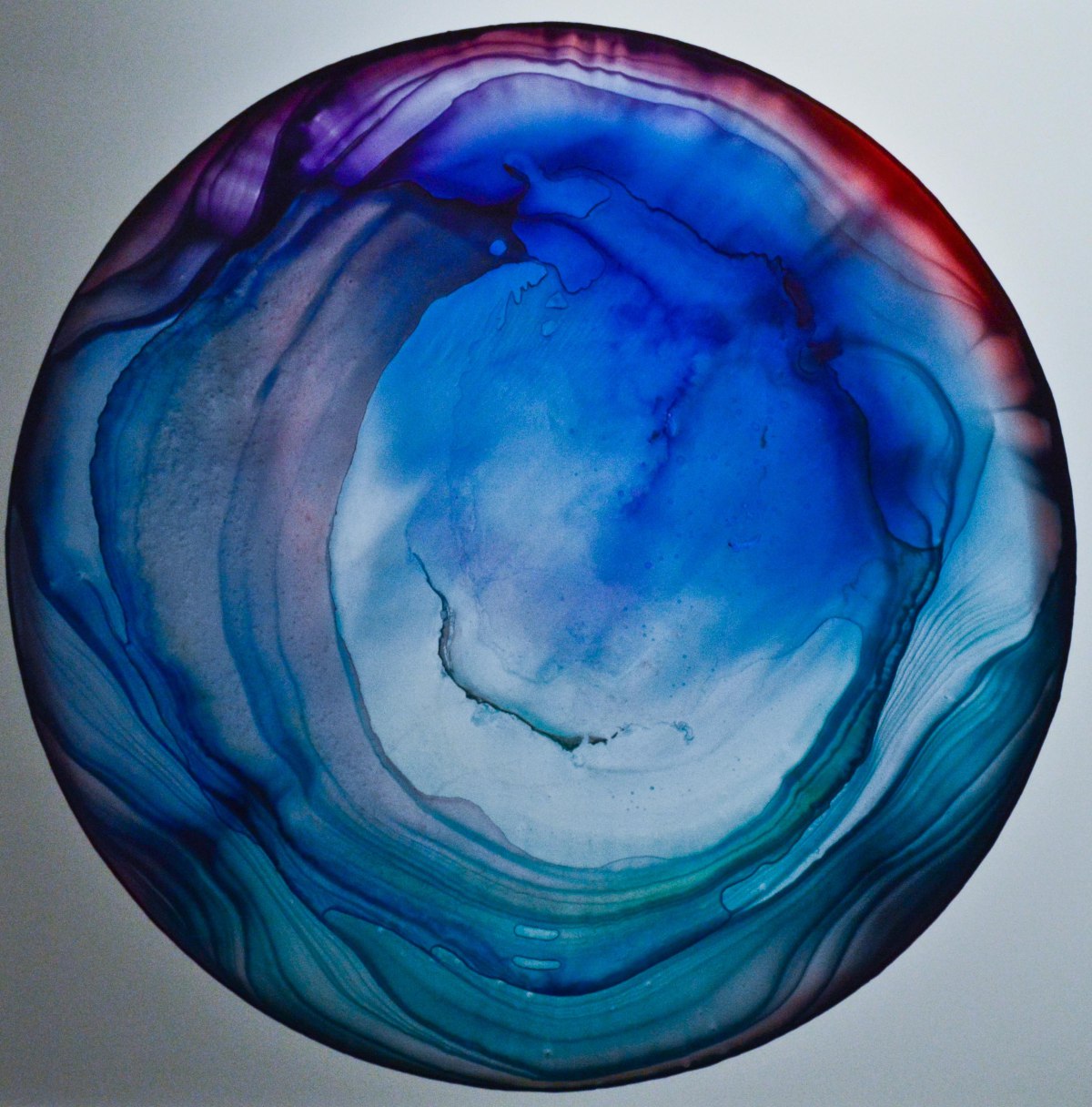Oil Paint Engineered Out of Toxic Waste
An engineer and an artist transform toxic waste into oil paints and wondrous works of art.
I’ve spent my life operating under the premise that pollution is ugly. No doubt you have too. But oh, how wrong we were. Ohio environmental engineer Dr Guy Riefler and artist John Sabraw have told us all by engineering a paint that recycles toxic runoff and keeps it out of waterways — eventually producing colourful and wondrous abstract works of art.
The waste is collected from streams in Ohio, where heavy metals leak from abandoned coal mines, coat the habitat in a thick sludge and render water acidic.
“When this water hits streams, it lowers the pH and kills fish,” Riefler, whose career has focused on acid mine drainage, told the Smithsonian magazine. While the professor deliberated how to restore the ecosystem, it was realised that the runoff and commercial red and yellow paints oddly have something in common — they both contain ferric oxyhydroxides. Excessive chemistry jargon ensues.
The transformation begins with collecting water from the damaged site and, using sodium hydroxide, raising its pH levels while exposing it to oxygen at a specific rate (don’t try this at home, kids) to oxidise the iron. The metal components, invisible until this point, blossom into rich colours. The iron sludge is then dried, milled and mixed with alkali refined linseed oil — a traditional binder — until finally we have (voila!) an oil paint that’s safe to both use and produce.
In an ugly-ducking-to-swan-type scenario, Riefler and Sabraw transform the toxic sludge into artworks inspired by trees, streams and landscapes — the very thing they might be saving. Their invention, six years in the making, is now being refined for a commercially viable paint, the proceeds of which would be put towards cleaning up polluted streams.
Via Inhabitat and Smithsonian.











